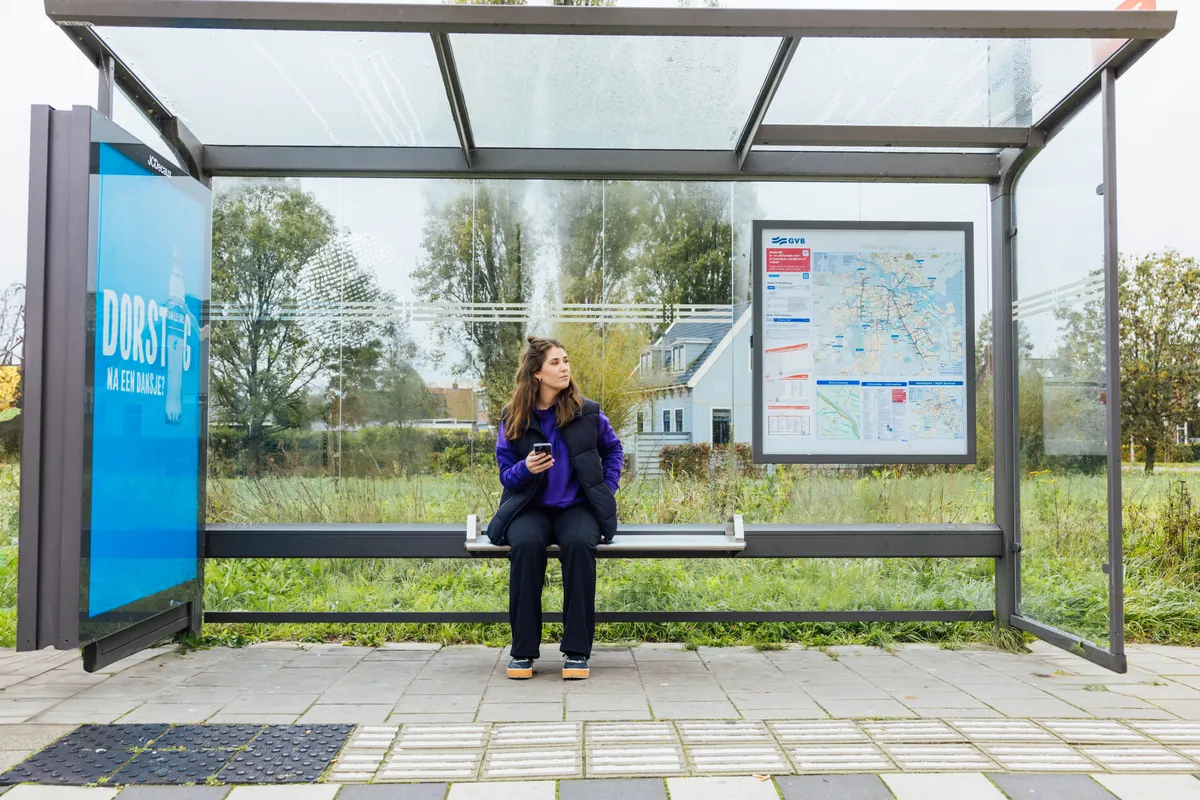About 9292 Get to know us!
Also interesting
This is 9292
The mission of 9292 is to make public transport accessible for everyone. Our goal is to provide travellers with all the necessary information to navigate public transport in the Netherlands. Do you have a question? We will try to answer it for you as soon as possible. Please contact us on social media, by email, or by phone.
REISinformatiegroep (the parent organisation of 9292) provides public transport data on behalf of public transport companies. This (unprocessed) public transport data is made available to the public in an accessible way and with as few restrictions as possible. With this public transport data, it is possible to develop new information services and products for travellers.
9292 is a partnership of all public transport companies in the Netherlands. We provide public transport information on their behalf. We do this by providing travel advice via the website and 9292 apps, but also by providing Open Data.
The 9292 app
The 9292 app provides up-to-date travel information on departure times and delays from all public transport companies in the Netherlands. Are you already on your way to your destination? If applicable, the app will show any changes in your journey.
Download the 9292 app If you are curious about how we handle personal data, you can read our privacy statement and our terms of use.
We are open to working with you to improve the protection of our customers and our systems. Read more about this in our Responsible Disclosure.

